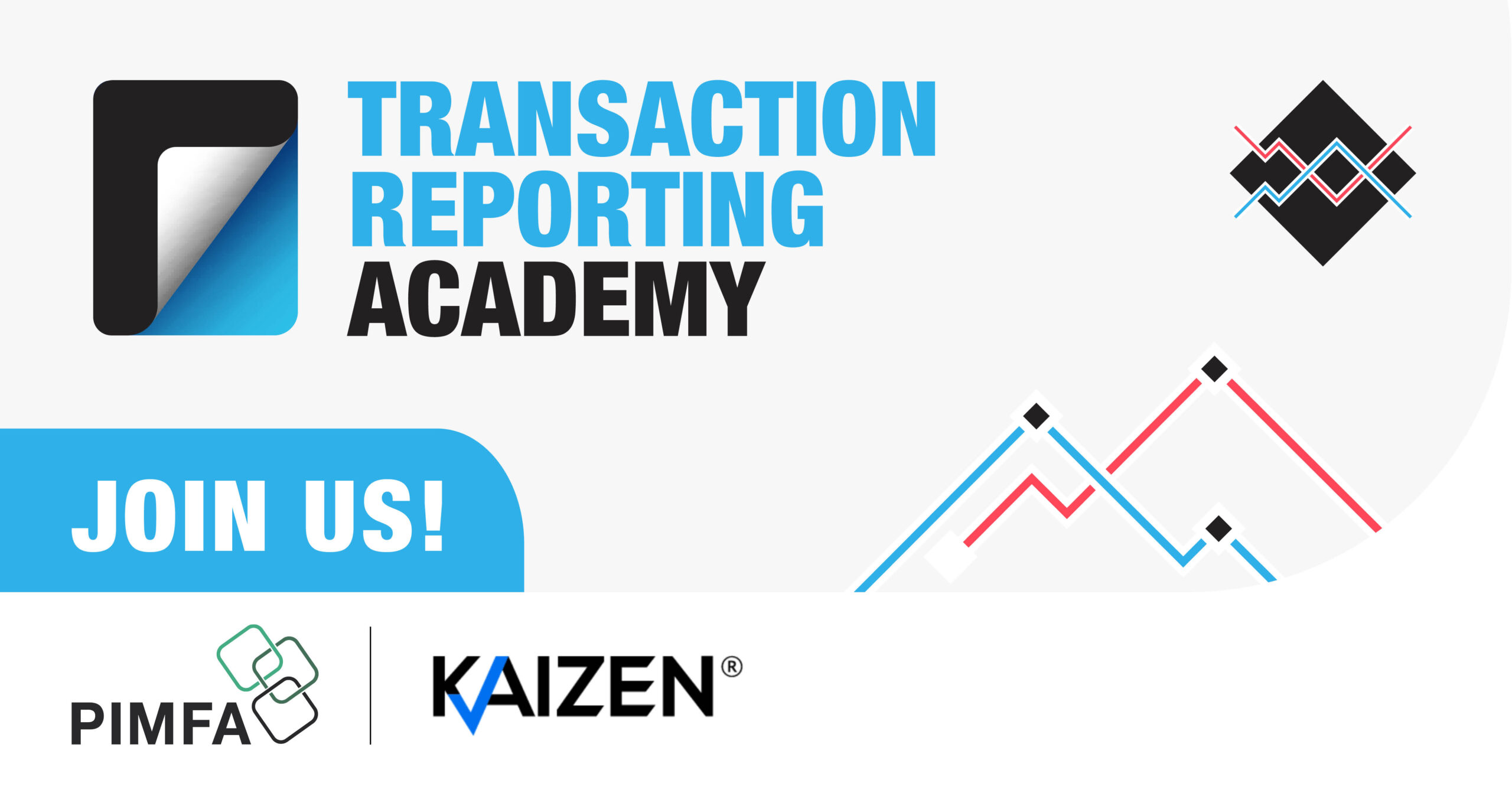FIRDS: Are trading venues contributing to poor quality transaction reporting?

Perhaps the biggest irony about MiFIR transaction reporting is that reports submitted by investment firms need to be complete and accurate, but ESMA states it cannot provide any guarantee that one of the key tools firms need to do this, the ESMA FIRDS reference database, is “complete, accurate or up-to-date”. This is particularly harsh on firms as they can report with the correct ISIN to identify the financial instrument, but if that ISIN (or underlying ISIN) is not on the FIRDS database within seven calendar days, then the report will be rejected by the competent authority. The onus is then on the firm to investigate whether they should re-submit the report.
This is unfair on firms as most of them are trying to do the right thing by only reporting transactions in instruments that are reportable, but they are frustrated with limitations of ESMA’s FIRDS database. It would be easy to blame ESMA for this, but I believe that also is unfair. The quality of FIRDS can only ever be as good as the information submitted to it and it is the EEA trading venues that are obliged to submit this data through the requirements detailed in RTS 23. The quality of FIRDS data has improved dramatically since go-live, as you would expect over the course of two years, and many trading venues may be reporting perfectly. However, other trading venues are not, and deficiencies in this reference data was highlighted in Germany’s Ministry of Finance’s position paper on MiFID and MiFIR.
Germany’s Ministry of Finance concludes that “ further analysis is needed on the question of how to ensure the provision of accurate, reliable and timely reference data. The analysis should also explore ways to make FIRDS the golden source for reference data.” Well I’m sure we all know the obvious answer to this one – there is nothing quite like a sanction, perhaps in the form of a fine and public censure, to ensure data quality is taken more seriously. We have seen sanctions used for firms’ poor transaction reporting and how this can focus attention, so maybe trading venues need to be wary of the possibility of sanctions if they don’t improve the quality of their reference data. If you are a trading venue that has doubts about the quality of its reference data, now might be a good time to look at quality assurance solutions.
The quality of FIRDS data also impacts the thorny issue of the ESMA opinion paper on OTC derivatives traded on a trading venue. In this paper, ESMA expands the reportable instrument set to include “OTC derivatives sharing the same reference data details as the derivatives traded on a trading venue”. This paper has caused much consternation in the industry. Whilst some firms have paid as much attention to the opinion paper as a London cyclist does to a red light, many other firms are desperately trying to do the right thing in trying to match the reference data attributes of their OTC derivatives against the attributes of derivatives on the FIRDS database to see if they are reportable. The quality of the FIRDS data, and the flexibility of FIRDS itself, often makes this a frustrating and imprecise task. This appears particularly true for FX and interest rate derivatives and prompts the question (also asked by Germany’s Ministry of Finance) of whether the concept of ‘traded on a trading venue’ should be applied to OTC derivatives. Anybody who thinks it should, needs to try assessing whether some OTC FX swaps are reportable or not. They would probably find that they first need to match attributes against the ANNA Derivatives Service Bureau to find potential ISINs and then compare the attributes associated with these ISINs against FIRDS to see if the instruments are reportable (not forgetting to check if the underlying forwards have reportable ISINs). They may well struggle with the flexibility of FIRDS in this task and may possibly be perplexed by the quality of much of the data – for example, the lack of consistency between the financial instrument long name and the attributes, particularly the expiry date.
Whilst the MiFIR definition of reportable instruments appears easy on paper (MiFIR Article 26(2)), there is plenty of devil in the detail and many firms struggle to fully understand them. These firms are unlikely to understand the implications of the ESMA ToTV opinion paper and it does appear to be too complex a requirement for the associated regulatory benefit. The current data quality and flexibility of FIRDS does not seem fully adequate to support this requirement. More importantly, it appears that the quality of FIRDS reference data may be causing issues with the overall quality of transaction reporting. Whilst many trading venues are on top of the task of their RTS 23 reporting, it appears that some trading venues need to up their game to avoid regulatory attention.
If you’re worried about the quality of your reported data, this is why we here at Kaizen exist. Our accuracy testing and reference data testing services check all data fields in every trade or transaction report submitted to the regulator so you have a full picture of the quality of your reporting. Contact us for a discussion on how we can help. Join in the conversation over on our LinkedIn.


